Soviet space pilot, twice Hero of the Soviet Union, Vladimir Mikhailovich Komarov
At present, human spaceflight is perceived by society as a matter of course, but at the dawn of the space age they were fraught with great risk to the lives of astronauts. Unfortunately, Vladimir Mikhailovich Komarov became the first in the mournful list of domestic cosmonaut pilots who died during a space flight. For the possibility of humanity will approach the solution of the secrets of the universe, for the development and progress of scientific thought Komarov paid with his own life.
Vladimir Mikhailovich Komarov was born on March 16 1927 in Moscow in the family of an ordinary worker. For the first time he got on the airfield at the age of seven. He saw planes at close range, could touch them with his hand. Since then, he has often watched the flights, and the pilots have become real heroes in his eyes. The boy already knew what he wanted to be when he grew up. In the summer he was often sent to the village to his grandmother. It was there that he met the news of the beginning of the Great Patriotic War. Naturally, the 14-year-old boy did not go to the front, but he helped the collective farm workers, among whom fewer and fewer men remained who were picked up by the front.
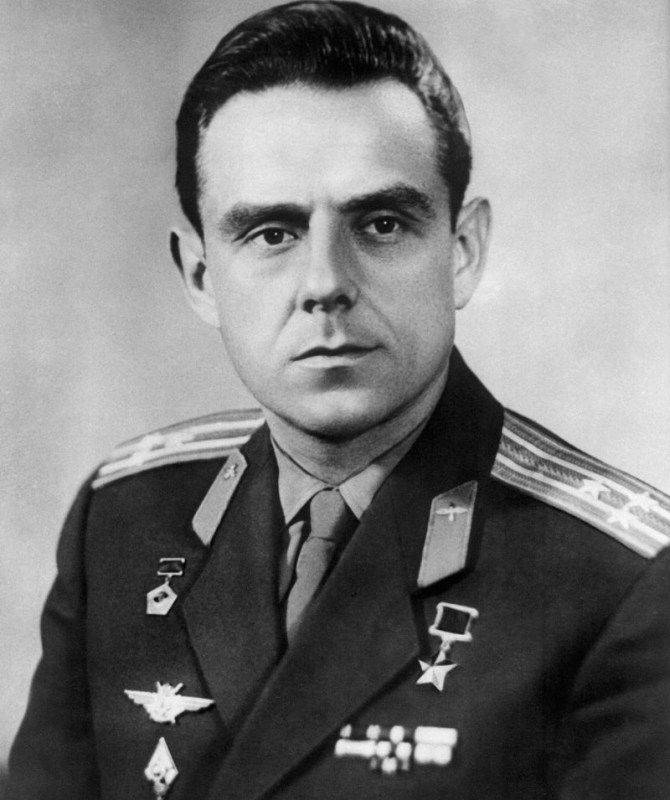
In 1943, Vladimir graduated from the 7th grade at the 235th Moscow secondary school, then he learned that the 1st Moscow Air Force special school was being formed in Lavrushinsky Lane. Dreaming of becoming a pilot, he went to study at this institution. Komarov graduated from a flight school in July 1945, when the Great Patriotic War had already ended. After graduation, he became a student of Sasovskaya. aviation primary school, and in September of the same year he became a cadet at the Borisoglebsky Military Aviation School of Pilots.
In July, Vladimir 1946 was transferred to the Anatoly Serov Bataysk Military Aviation School, after successfully completing his studies in 1949 in the year he became a military fighter pilot, began serving in the aviation regiment of the fighter aviation division of the North Caucasian Military District Air Force, which was based in Grozny. Here he met his wife Valentina, who worked as a school teacher in the city. In July, 1951, his son Yevgeny was born, and in December, 1958, daughter Irina, who, like her father, devoted herself to military service. She served in the 21 military for a year, worked as a military interpreter, resigned as a major.
In November, 1951, Vladimir Komarov became a senior pilot, and a year later he was transferred to the Transcarpathian region of Ukraine in the city of Mukachevo, where he served two years in the 486 th air regiment of the 279 th fighter division. In parallel with the service, he continued to improve his education. In 1959, the future cosmonaut graduated from the Air Force Engineering Academy (Zhukovsky Air Force Academy) with a degree in aeronautical engineering. Now he was thoroughly familiar with the aircraft, not only as a military pilot, but also as an engineer.
After obtaining engineering education, Komarov was distributed to the Red Banner Air Force Research Institute, located in the village of Chkalovsky. Here he worked as an assistant to the chief engineer, as well as a tester of one of the departments. Engaged in testing new designs of various aircraft. Working here, he attracted the attention of the commission for the selection of an astronaut corps, which carefully studied the personal affairs of the pilots, the hours of the raid, medical cards. The Commission made Komarov an offer that was impossible to refuse. The group of pilots assembled at that time became the core from which the first cosmonaut corps would be formed in 1960 in the Soviet Union.
In total, the commission selected 20 people. In the first cosmonaut squadron, there were 9 air force pilots, 6 air defense pilots, and 5 pilots of naval aviation. At the time of enrollment in the squad, the oldest - Pavel Belyaev was 34 of the year, the youngest - Valentin Bondarenko - of 23. Vladimir Komarov at that time was 33 of the year. 14 March 1960, the first group of students began theoretical studies, in the summer of 1960, the CPC was relocated to the Moscow region, today it is the Star City. From March 1960 to April 1961, Vladimir Komarov completed general space training, having successfully passed the final examinations, in April 1961, he received the post of cosmonaut of the CPK BBC.
From June to August 1962, engineer-captain Vladimir Komarov was trained as a backup pilot for the Vostok-4 spacecraft. Later, after the launch of Vostok-4, he was a backup pilot for the Vostok-5 spacecraft. Since June, 1964 has been trained as a crew commander of the Voskhod spacecraft. October 9 1964 by decision of the State Commission Vladimir Komarov was appointed commander of the main crew of the Voskhod spacecraft.
Vladimir Komarov made his first space flight on October 12 1964 on board the Voskhod spacecraft together with cosmonauts Konstantin Feoktistov and Boris Yegorov. It was the first in the world stories launch multi-spacecraft. For the first time, the crew included not only pilots, but also an engineer and a doctor. Also for the first time in history, the crew flew into space without spacesuits. For the first time, a soft landing system was developed and applied. Much of this flight was carried out for the first time in world history. The call of the Rubin spacecraft sounded from the orbit of the Earth a little more than a day. The total duration of this space flight was 24 hours 17 minutes. During this time, Sunrise with three astronauts on board 16 once managed to fly around the Earth. The main objective of this flight was to ensure the priority of the Soviet Union in space flights of a crew consisting of several cosmonauts. In addition, numerous biomedical and technical experiments were performed.
Space mission Komarov successfully completed a day after launch - October 13 1964 year. It is noteworthy that at the time of the flight and on the day of the Voskhod-1 spacecraft landing, Nikita Khrushchev, General Secretary of the Central Committee of the CPSU, was removed from his post, Leonid Brezhnev ascended to his place, who received the report on the results of the flight of cosmonauts. For the successful implementation of the flight, Vladimir Mikhailovich Komarov was awarded the title Hero of the Soviet Union with the award of the Order of Lenin and the Gold Star medal. Soon he was granted the qualification "Cosmonaut of the 3 class", and on January 23 1965 Komarov became an instructor-cosmonaut in the group of cosmonauts who were trained in the programs of the Ministry of Defense of the USSR.
In view of the significant successes of the United States in the field of astronautics and the space race of the two superpowers that is gaining momentum, the leadership of the USSR urged on the work of the design offices. Further training of Colonel Engineer and Hero of the Soviet Union Vladimir Komarov was held as part of the Docking program on a new spacecraft and the Soyuz-1 sample was not enough. 30 March 1967, Komarov successfully passed the theoretical training exam, as well as the practical management test for the Soyuz. The decision that it was Vladimir Komarov who will pilot the Soyuz-1 was made in August of 1966. Komarov’s backup was the first cosmonaut in the history of the world, Yuri Gagarin. Perhaps, if at that time Sergei Korolev was alive, it would have been the other way round, since the general designer promised Gagarin a second space flight on a new spacecraft.
This second flight of Komarov became fatal. 23 April 1967, Vladimir Komarov launched from the first site of the Baikonur launch site on board the new Soyuz-1 spacecraft. It was the first manned flight of a new series spacecraft. In addition, after almost a day after Komarov, the Soyuz-2 spacecraft with a crew of two cosmonauts Yevgeny Khrunov and Alexei Yeliseyev was to go into orbit. The main objective of the space program being implemented was to be the docking of two spacecraft in Earth orbit.
As is often the case with the new technology, in the process of its creation, apparently, some mistakes were made, some faults were missed, and the possible consequences of certain situations were not taken into account. With the launch of the Soyuz into orbit, Vladimir Komarov faced the first technical difficulties: the panel of one of the ship’s two solar batteries did not open, which caused a shortage of energy on board. In space, Komarov performed a complex maneuver: he unwound the spacecraft around its axis, but the situation could not be changed, the panel did not open. For this reason, it was decided to complete the flight ahead of time, the ship descended from Earth's orbit and went to Earth.
At the final stage of the flight at an altitude of about 7 kilometers, already after the entry into the atmosphere, the exhaust parachute could not pull out the main parachute attached to it. In addition, the reserve parachute, which came out at an altitude of 1,5 kilometers, was unable to fully open, its lines slid down on an exhaust parachute, which was never shot out. For this reason, the descent vehicle with an astronaut on board collided with the ground at a speed of about 50 m / s. After an emergency landing at high speed and a collision with the ground, an explosion occurred, in the tanks of the descent vehicle there were about 30 kilograms of concentrated hydrogen peroxide, which was used in engines of the controlled descent system. After a collision with the ground and a fire broke out, the design of the descent vehicle was almost completely destroyed.
For his courage, heroism and courage shown during the implementation of the space flight, Vladimir Mikhailovich Komarov was presented for the second time to the title of Hero of the Soviet Union, this time posthumously. Also, the International Aeronautics and Space Flight Committee noted the feat of the Soviet cosmonaut with the Order of the Rose of the Winds with diamonds. The ashes of the space pilot was buried on April 26 of the year 1967 in the Kremlin wall on Red Square. At the place of his death in the steppe near Orsk in the Orenburg region a memorial memorial was erected. The life of Vladimir Komarov, who broke off in full bloom, the astronaut died 40 days after his 40 anniversary, became the first victim of manned cosmonautics and far from the last on the difficult path of space exploration. The tragic catastrophe of the Soyuz-1 spacecraft made it possible to identify and eliminate the cause of the problems associated with the ship’s parachute system, which will save other cosmonauts in the future.
The memory of Vladimir Komarov was immortalized by numerous busts and monuments. In his honor in the Soviet Union were called dozens of streets and even entire settlements. The name of Komarov was named lunar crater and volcano in Kamchatka. He is also named today by the Yeisk Higher Military Aviation Institute. In 2014, the new A-320 aircraft of Aeroflot Airlines was named after the pilot-cosmonaut Vladimir Mikhailovich Komarov.
Based on materials from open sources
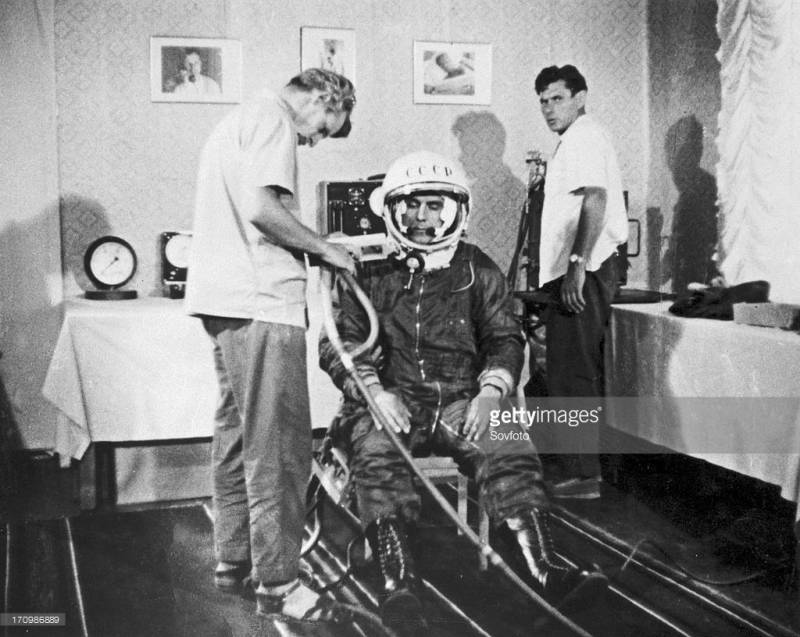
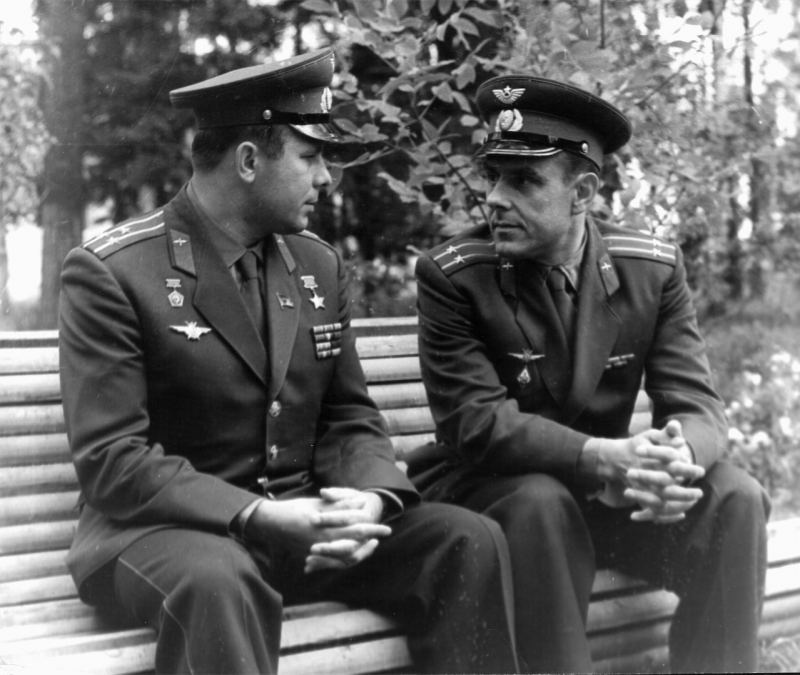
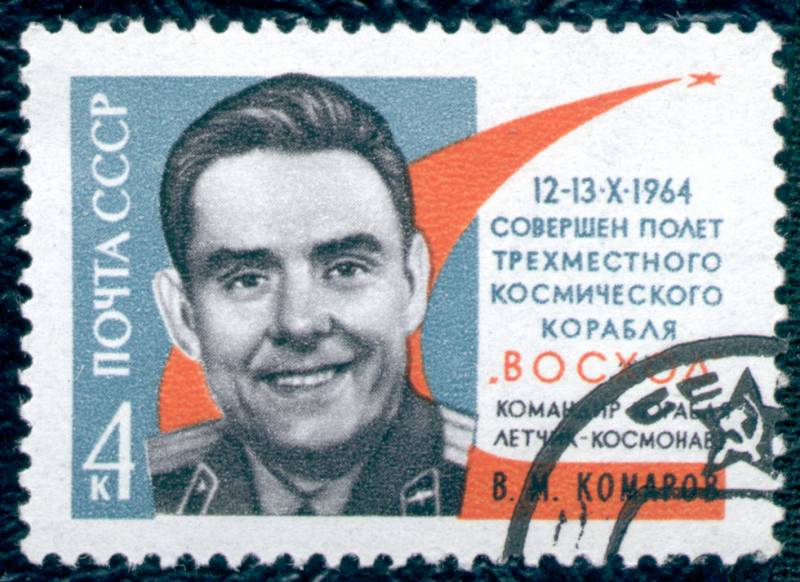
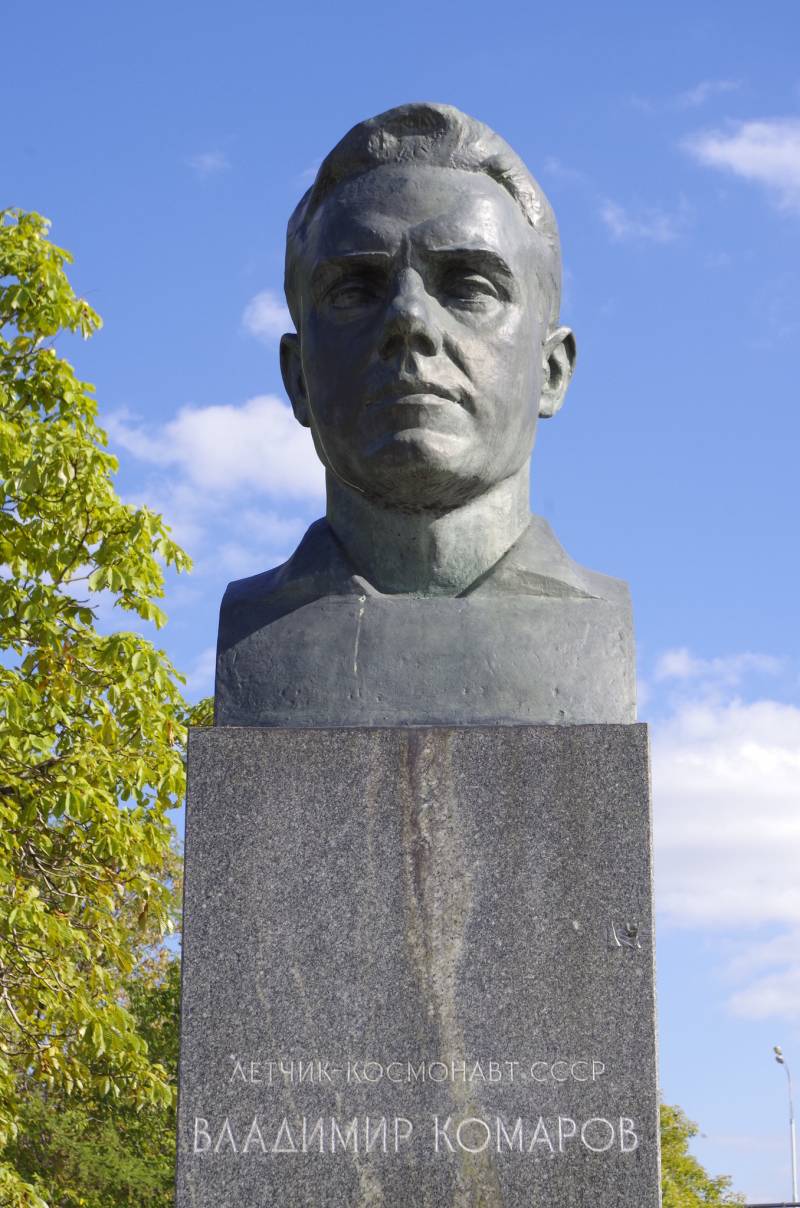
Information